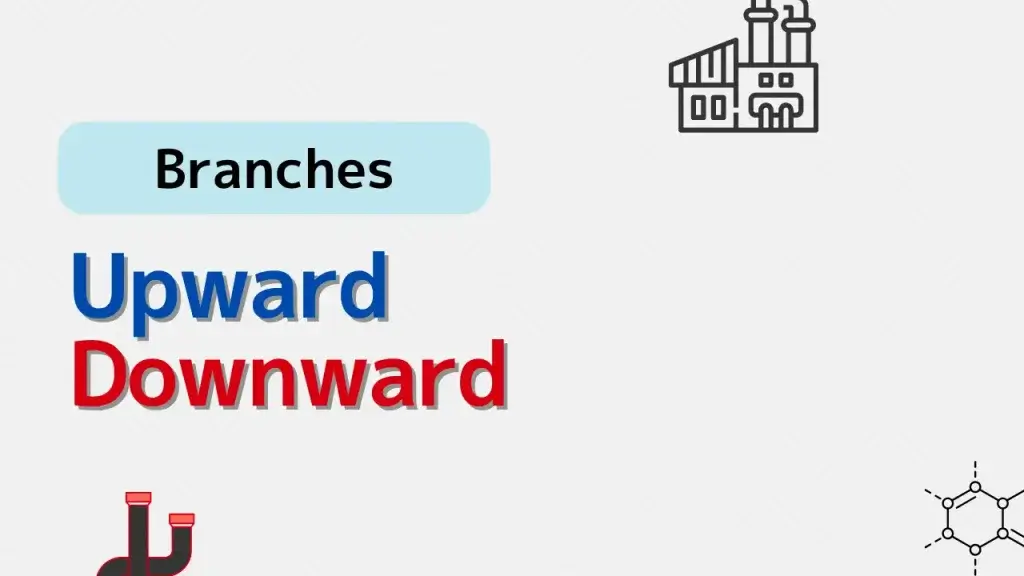When designing an industrial piping system, choosing how a pipe branches off—either upward or downward—can affect the safety, cleanliness, and efficiency of the whole process. At first glance, the direction may seem like a small detail, but it actually plays a big role.
In this article, we’ll compare upward vs. downward pipe branches, especially for use in chemical and process plants. We’ll break down the advantages, disadvantages, and help you make a smarter design choice.
🔹 What Are Upward and Downward Branches?
- Upward branch: A smaller pipe that splits off and rises vertically or at an angle.
- Downward branch: A pipe that branches off and goes downward.
Both types are used in industry—but they behave very differently.
🔸 Upward Branches — Pros and Cons
✅ Pros
- Can simplify layout in tight vertical spaces
- May help keep certain solids from settling (in rare applications)
❌ Cons
- Traps air and gas, which can cause flow problems
- Hard to clean and drain — residual fluid stays behind
- Increases maintenance risks, especially for chemicals that react when sitting still
- More likely to cause blockages
💡 Tip: If you must use an upward branch, install a vent or drain valve to manage trapped gas or liquid.
🔸 Downward Branches — Pros and Cons
✅ Pros
- Self-draining — fluids naturally flow downward
- Easier to purge and clean, reducing contamination
- Less chance of gas accumulation
- Preferred in most process industry standards
❌ Cons
- May collect sediment or solids if not designed properly
- Needs consideration for low-point drainage
💡 Tip: Add drain valves at low points to fully remove sediment or stagnant liquid.
🔸 Summary Table
| Feature | Upward Branch | Downward Branch |
|---|---|---|
| Gas accumulation | Likely | Unlikely |
| Liquid drainage | Poor | Good |
| Maintenance difficulty | High | Low |
| Cleaning/purging | Difficult | Easy |
| Risk of blockage | High | Low |
✅ Conclusion
In most industrial settings, downward pipe branches are the safer and more practical choice. While upward branches may occasionally suit specific layouts, they come with serious downsides—like air pockets, poor drainage, and cleaning problems. If you want a cleaner, safer, and more reliable system, choose downward branches when possible—and always plan for proper drainage and venting.
